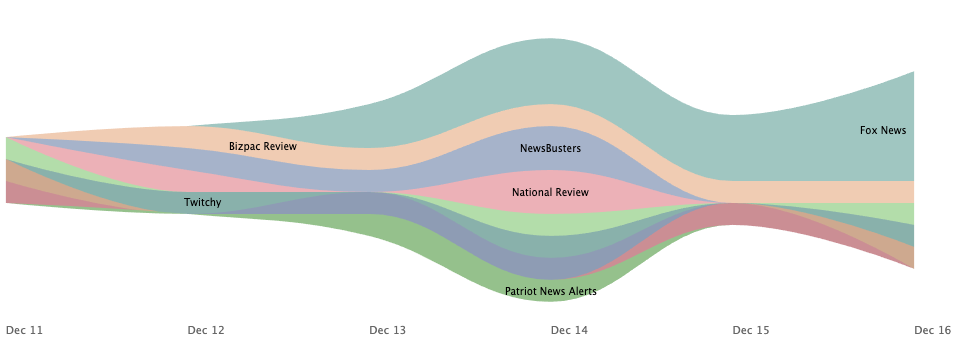Unless you’ve been living in a cave for at least the past ten years, you’re aware of media bias. In fact, according to a
2018 Business Insider survey, “Americans believe that 62% of the news they consume on TV, in newspapers, and on the radio — and 80% of the news they see on social media — is biased.”
For the most part media bias relates to the bias or perceived bias of journalists and news organizations in mass media. It normally implies a widespread bias that impacts the quality of journalism, instead of bias in the perspective of one journalist or article.
Media bias can affect the selection of events and stories that get published, the perspective from which they’re written, and the language chosen to tell them. For example, a US publication may be known for being biased towards the right-wing. Their content would likely promote Republican ideals and candidates with stories favoring them. In contrast, left-wing media outlets would lean towards favoring Democrats.
In some countries, media bias can go so far as to completely reflect the ideals of the governing body, for example, in North Korea. In cases such as this, media bias essentially becomes
propaganda.
Whether perceived or real, media bias has a large impact on what content we read, the value we place on it, and our ability to engage with it. Biased narratives and the amplification of them can topple governments, cause stocks to collapse, tarnish an organization's reputation, skew election results, and create an environment of mistrust.
Let’s look at a recent example of how media bias is affecting the trending John Griffin narrative. Using analysis from Kudzu Narrative Intelligence™️ in our U.S. Media Matrix module which includes a broad range of American media sources, grouped by political bias and reliability of reporting according to several news-source rating sites.

